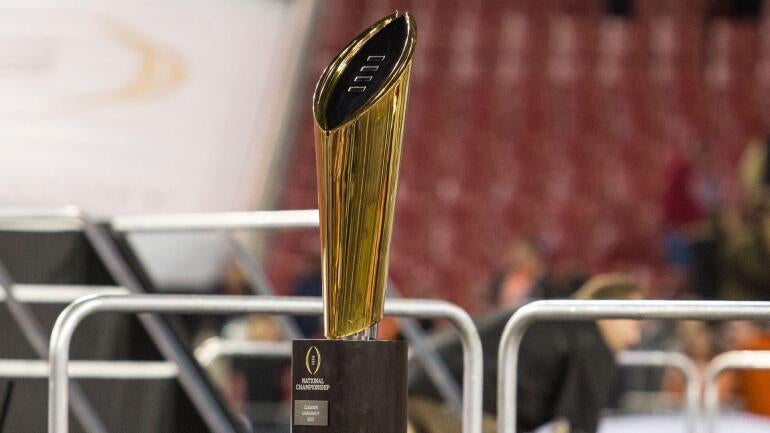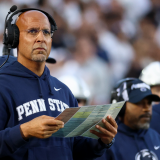College Football Playoff rankings: How the straight-seeding model changes the 2025 bracket
A tweak to the CFP selection committee's formula is set to impact this year's 12-team playoff

As the College Football Playoff selection committee prepares to release its first set of rankings for the 2025 season Tuesday night, it's important to remember that the playoff field won't be built the same way it was a year ago. The second season of the 12-team format will look noticeably different after CFP administrators approved a major bracket tweak this spring: the move to a straight-seeding model. The change, finalized in May, eliminates automatic first-round byes for the four highest-ranked conference champions -- one of the most contentious features from the playoff's inaugural expanded season.
Instead, the top four teams in the committee's final rankings will earn byes to the quarterfinals, regardless of conference affiliation.
"After evaluating the first year of the 12-team playoff, the CFP Management Committee felt it was in the best interest of the game to make this adjustment," CFP executive director Rich Clark said in a released statement at the time of approval. "This change will continue to allow guaranteed access to the playoff by rewarding teams for winning their conference championship, but it will also allow us to construct a postseason bracket that recognizes the best performance on the field during the entire regular season."

Why the CFP made the change
The move came after last December's bracket left many questioning the system's logic. Mountain West champion Boise State, ranked No. 9 in the final CFP rankings, received the No. 3 seed -- and a first-round bye -- under the old format. That meant 11-win Texas and Penn State, both ranked higher and with stronger schedules, were seeded lower. Boise State and all three other top-four seeds (Oregon, Georgia and Arizona State) lost their quarterfinal openers to opponents who had played (and won) in the first round.
The optics were bad enough that even commissioners from the Power Four conferences publicly acknowledged the imbalance. By March, the Big Ten and SEC were pushing for a cleaner, simpler bracket built strictly around the selection committee's top 12. The rest of the CFP management committee -- the 10 FBS commissioners plus Notre Dame athletic director Pete Bevacqua -- agreed unanimously two months later.
What the new format means
Under the revised format, the five highest-ranked conference champions are still guaranteed a place in the playoff field, maintaining access for the Group of Six. However, those champions will no longer receive preferential seeding. The bracket will be ordered directly from Nos. 1–12 based on the final rankings.
That seemingly small distinction could have massive postseason implications. Independents like Notre Dame are now eligible for a top-four seed and a bye -- something previously impossible without a conference title. It also means that a one-loss team from a power league could leapfrog a lower-ranked champion into a more favorable quarterfinal draw.
The operational structure of the playoff remains intact: first-round games will be hosted on campus sites or locations chosen by the higher-seeded teams (12 at 5, 11 at 6, 10 at 7, 9 at 8). Quarterfinals will rotate among the New Year's Six bowls -- this year at the Cotton Bowl, Orange Bowl, Rose Bowl and Sugar Bowl -- followed by semifinals at the Fiesta and Peach Bowls. The national championship will be played Jan. 19 at Hard Rock Stadium in Miami Gardens, Florida.
For the CFP, this is as much about perception as procedure. Straight seeding restores the committee's rankings as the definitive measure of the sport's hierarchy -- a return to the original purpose of the playoff era. It also removes the awkward math that came with weighing conference trophies against overall strength of schedule.
As college football goes through its final month of the regular season, the new model ensures that every data point matters. Conference titles still carry weight, but not immunity. The top four now belong to whoever the committee believes has earned them -- no qualifiers, no exceptions.

















